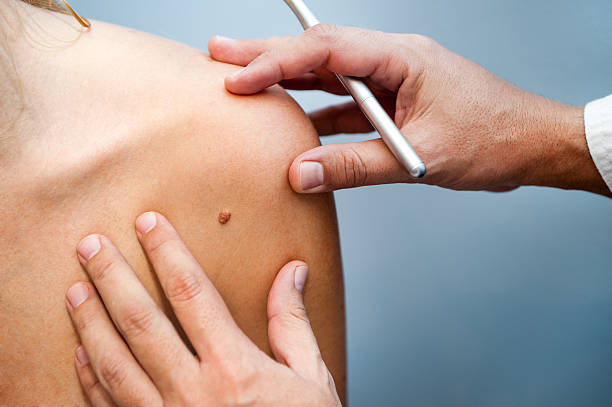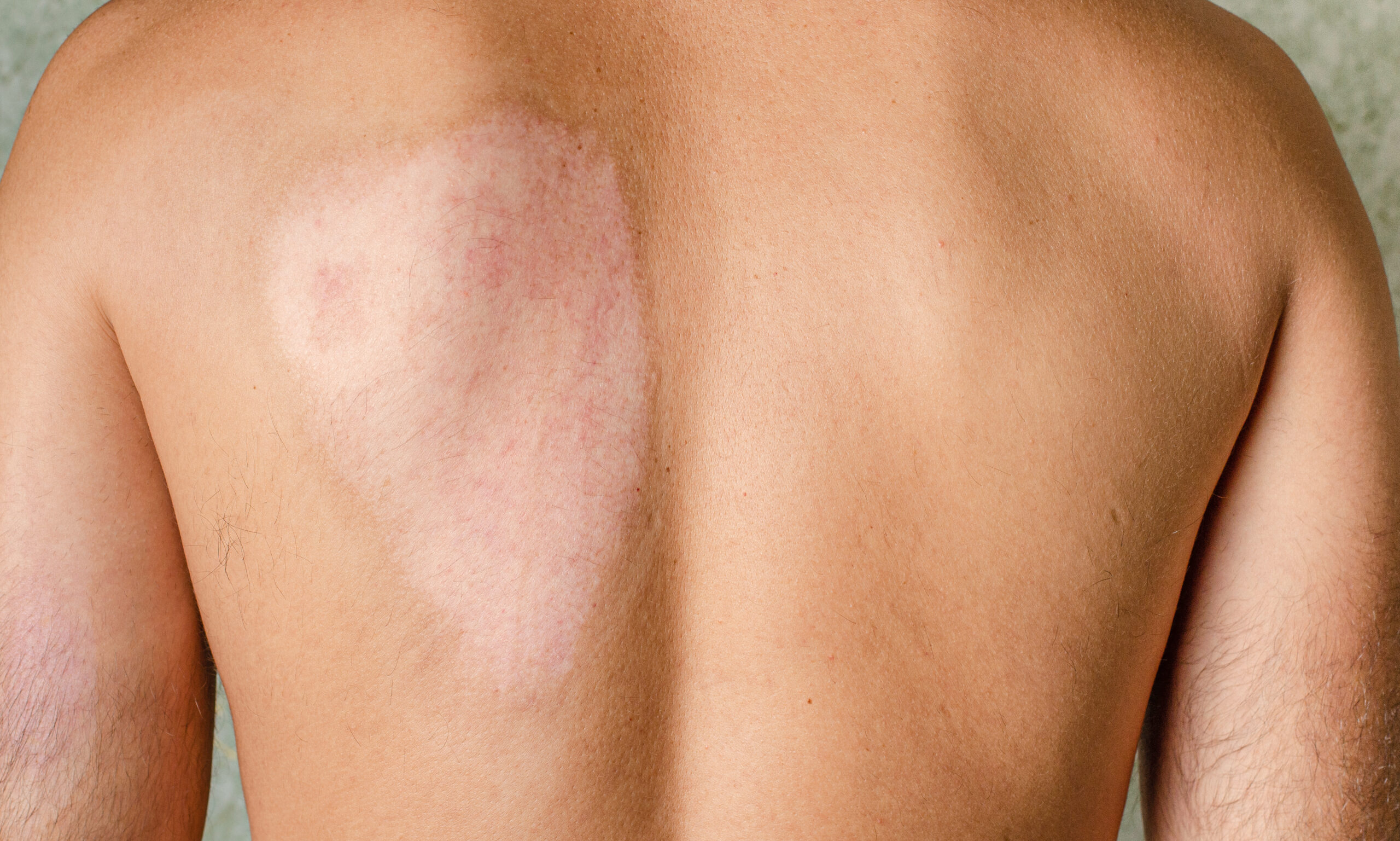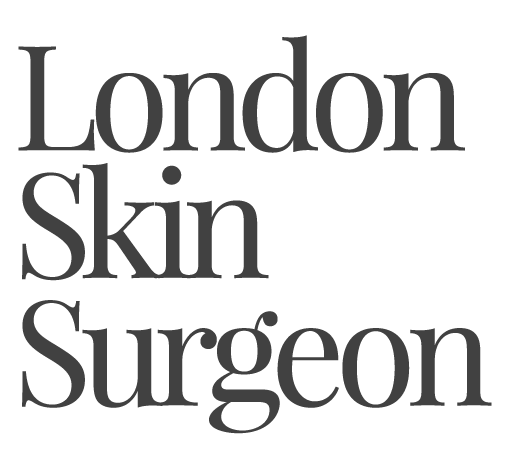The Procedure
Surgical excision:
The most common treatment, involving the removal of the cancer and a margin of healthy skin.
Cryotherapy:
The use of liquid nitrogen to freeze and destroy cancer cells.
Curettage and electrodesiccation:
A procedure involving scraping away the cancer and cauterizing the area.
Radiotherapy:
Using high-energy rays to kill cancer cells.
During your consultation, Mr. Stodell will discuss the most suitable treatment option for your specific condition.

Reconstruction
Whenever possible, Mr Stodell utilises expert plastic surgery techniques to achieve primary wound closure utilising relaxed skin tension lines to optimise wound healing and the best possible aesthetic result.
When this is not possible, Mr Stodell will discuss with you alternative methods of wound reconstruction.

Skin grafts:
These are taken from a distant body site and transplanted onto the wound bed. A dressing is usually stitched onto the graft to secure it in place until a wound check after 1 week by which time the graft has typically picked up its new blood supply. There can be a contour irregularity due to the discrepancy between thickness of the skin graft and the depth of the wound that has been excised.
Local flaps:
These are adjacent to the wound and are comprised of skin and the underlying layer of fat and are kept attached by at least one edge of tissue. The flap is then either rotated or advanced into the wound keeping its blood supply attached. The benefit of a local flap is generally an improved contour compared with a skin graft. A disadvantage is that it involves extension of the surgical wound and a potentially wider area of scarring.
Artificial skin substitutes:
Mr Stodell utilises innovative techniques with the latest development of artificial skin substitutes such as dermal regeneration templates and biodegradable temporising matrices to minimise donor site morbidity and optimise wound healing.
Anaesthetic
Most procedures performed under local anaesthetic
Treatment Time
This can vary but typically < 1hr procedure time
Hospital Stay
Your treatment will only require you as an outpatient or daycase
Pain killers
Paracetamol and or ibuprofen. Co-codamol for larger procedures
Healing
Dependent on body site. Simple dressings. Wound care varies with wound closure used. Please refer to wound care advice. Shower on day 1. No baths or swimming for 1 week.
Recovery Time
Light activities on day 1. Sports and heavy lifting dependent on body site – please discuss with Mr Stodell during consultation; sometimes up to 6 – 8 weeks
Follow-up
Face to face or virtual appointments usually at 1 – 2 weeks following procedure
FAQ
How is skin cancer diagnosed?
Skin cancer is often diagnosed through a biopsy, where a small sample of tissue is removed for examination under a microscope.
What are the risk factors for skin cancer?
Exposure to excessive sunlight, fair skin, and a family history of skin cancer are common risk factors.
Is skin cancer treatment painful?
The level of discomfort varies depending on the treatment method. Mr. Stodell will discuss pain management options with you.
How long does it take to recover from skin cancer treatment?
Recovery time depends on the type of treatment and the size of the cancer. Most patients experience a relatively quick recovery.
If you have been diagnosed with or have a suspected skin cancer or have a benign skin lesion that you would like removed, please contact London Skin Surgeon to book a consultation with Mr. Matthew Stodell. During the consultation, he will perform a focused examination and discuss your most appropriate treatment options.
